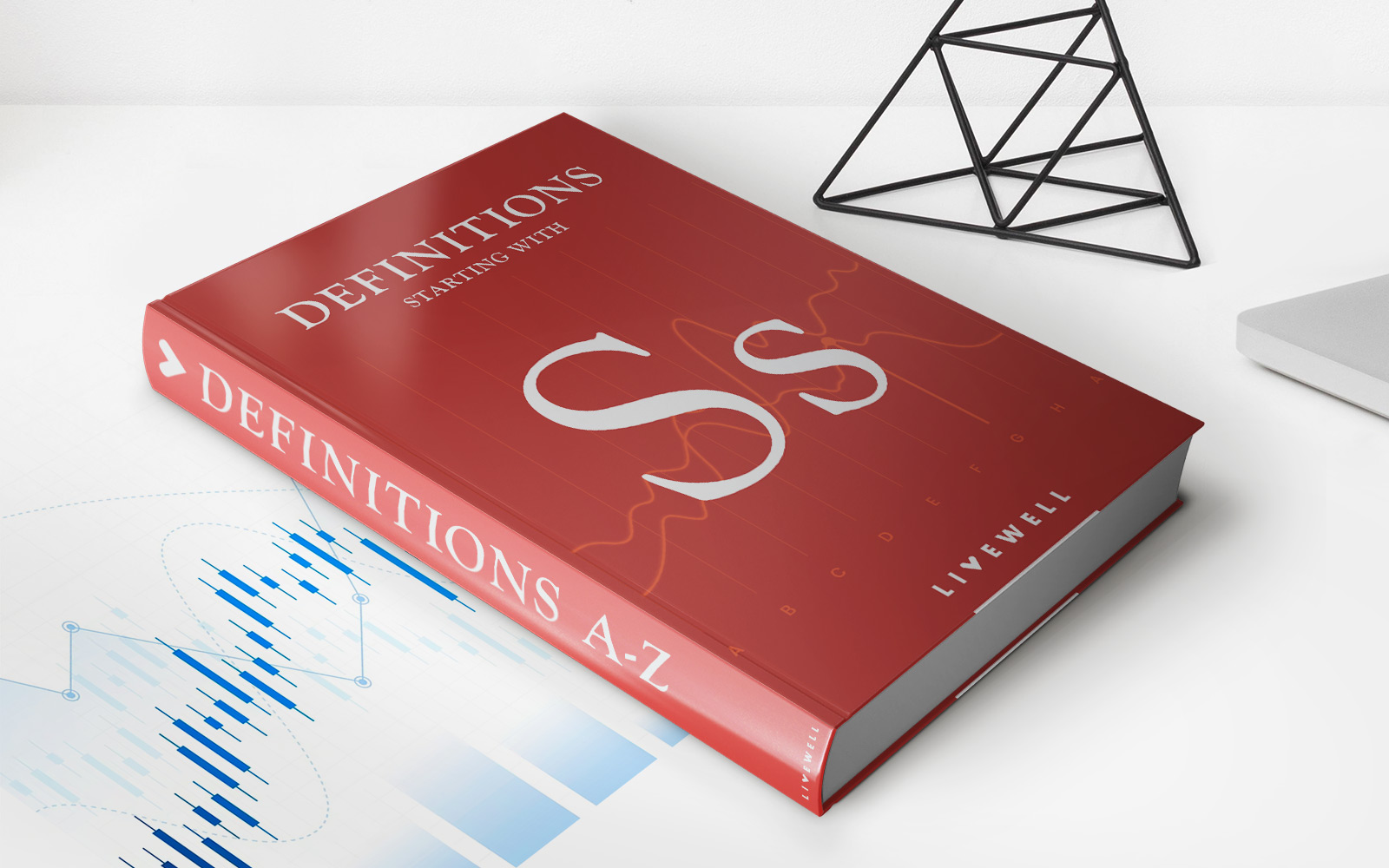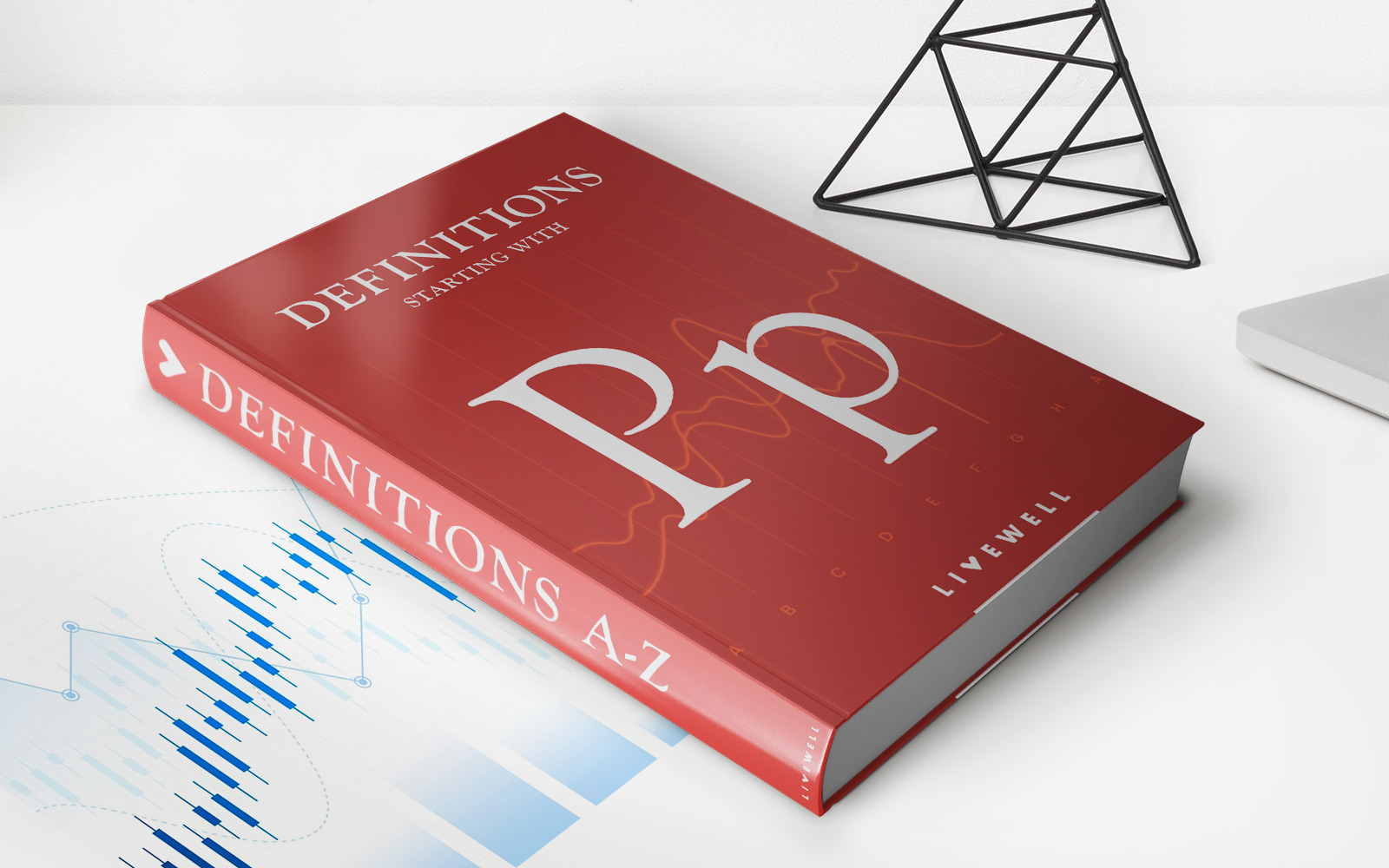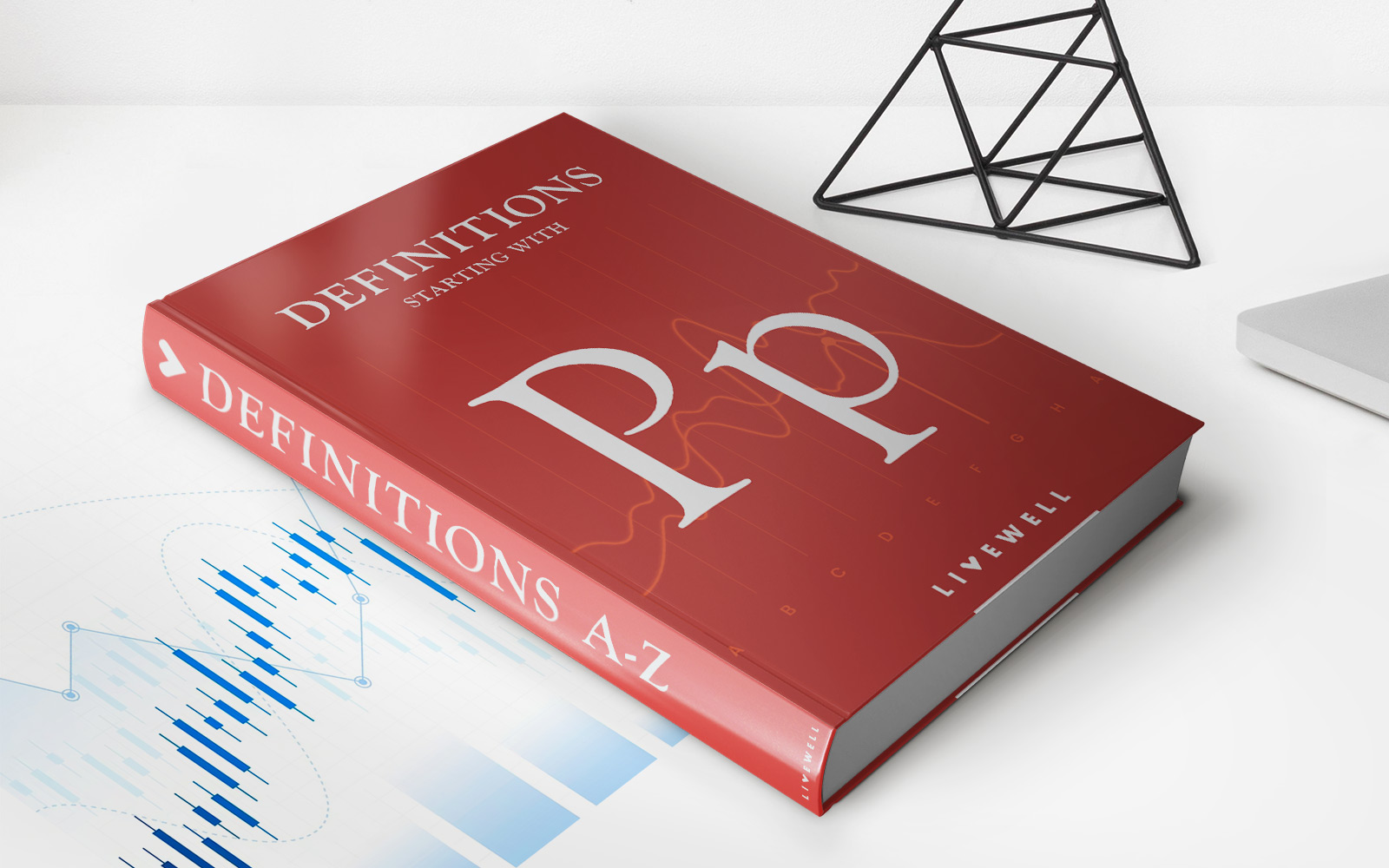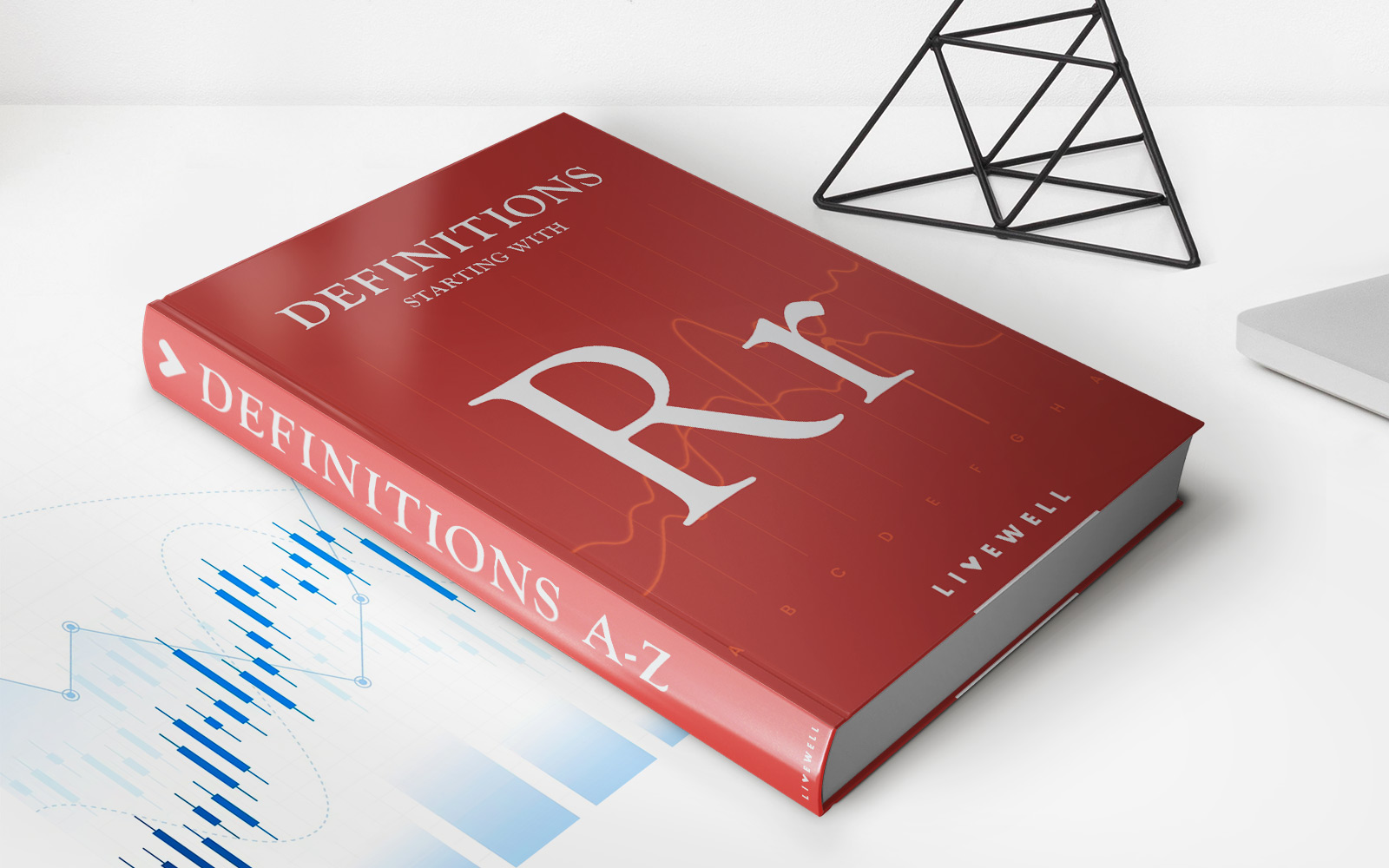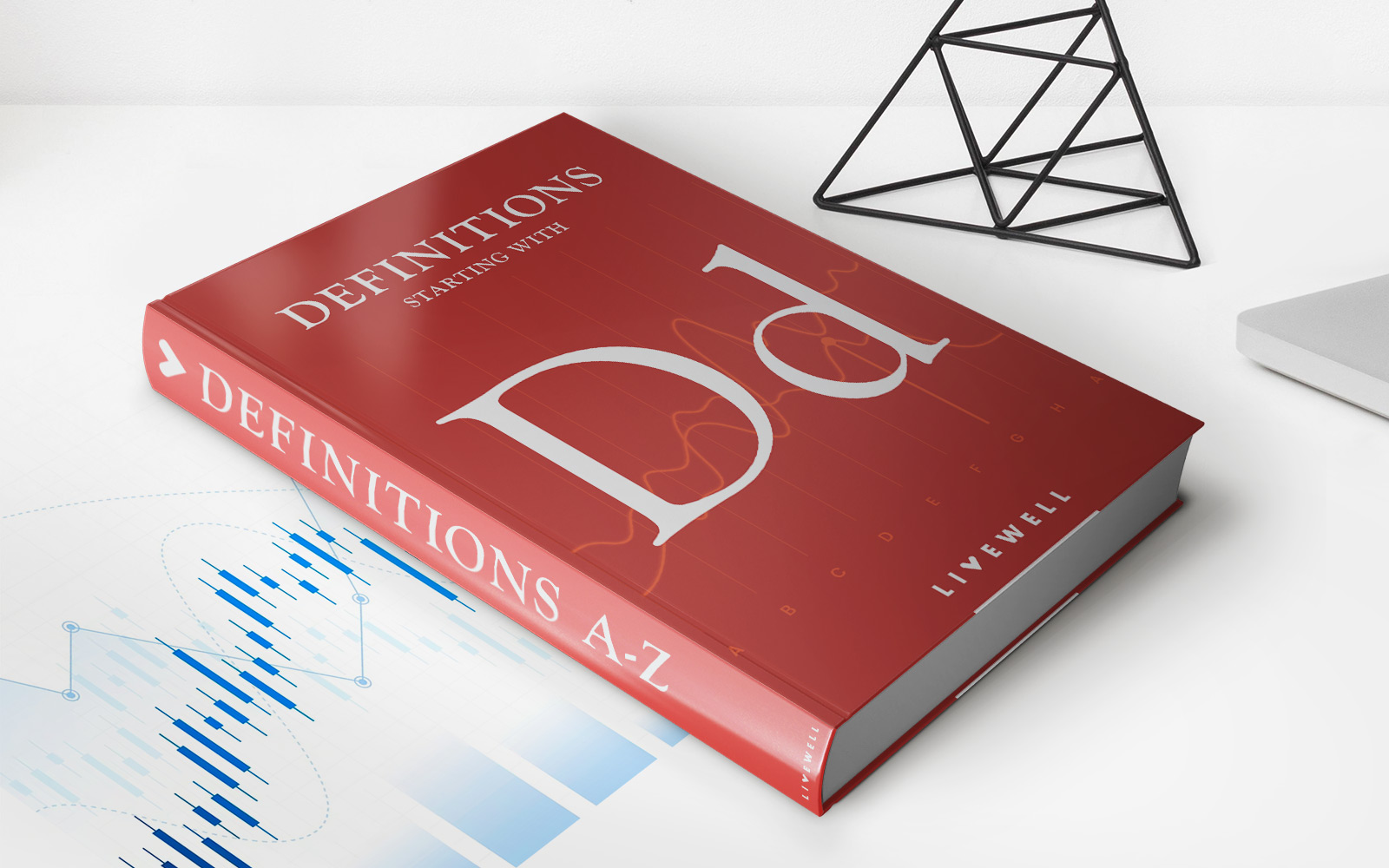Home>Finance>Budget Variance: Definition, Primary Causes, And Types


Finance
Budget Variance: Definition, Primary Causes, And Types
Published: October 19, 2023
Learn about budget variance in finance, including its definition, primary causes, and different types. Understand how it impacts your financial planning and decision-making.
(Many of the links in this article redirect to a specific reviewed product. Your purchase of these products through affiliate links helps to generate commission for LiveWell, at no extra cost. Learn more)
Budget Variance: Definition, Primary Causes, and Types
Welcome to our FINANCE blog category, where we delve into important topics that can positively impact your financial well-being. Today, we are going to talk about budget variance and its significance in financial planning. Have you ever wondered why your budget doesn’t always align with your actual spending? Budget variance provides valuable insights into this question, helping you understand the deviations between your planned and actual expenses. In this blog post, we will define budget variance, explore its primary causes, and discuss its different types.
Key Takeaways:
- Budget variance defines the difference between planned and actual expenses.
- Understanding the primary causes of budget variance is crucial for effective financial planning.
What is Budget Variance?
Budget variance refers to the numerical difference between the planned budget and the actual expenses incurred. Essentially, it measures whether you spent more or less than what you had originally planned for a specific category or overall budget. By analyzing budget variances, you can identify areas where you exceeded expectations or fell short, allowing you to make necessary adjustments to improve your financial planning strategies.
Primary Causes of Budget Variance
Several factors contribute to budget variance. Understanding these primary causes can help you better manage your finances and avoid future variances. Here are some common causes:
- Unexpected Expenses: Sudden medical bills, home repairs, or vehicle maintenance can lead to significant budget deviations. These unexpected expenses make it difficult to stick to your original budget plan.
- Inaccurate Projections: Poor forecasting or inaccurate estimations of future expenses can result in budget variance. Overestimating or underestimating your expenditure can significantly impact your financial planning and lead to deviations from your original budget.
- Changes in Income and Circumstances: Life is unpredictable, and changes in your income, such as a raise or loss of a job, can cause budget variances. Significant life events like getting married, having children, or buying a house can also have an impact on your budget.
- Behavioral Factors: Our spending behaviors and habits affect our budgets. Impulse purchases, overspending on unnecessary items, or not adhering to your budget can contribute to deviations from your planned expenses.
Types of Budget Variance
There are two primary types of budget variance that you should be aware of:
- Favorable Variance: A favorable variance occurs when your actual expenses are lower than your budgeted expenses. This means that you have managed to spend less than you planned, providing you with extra funds for savings or other financial goals.
- Unfavorable Variance: On the other hand, an unfavorable variance happens when your actual expenses exceed your budgeted expenses. This indicates that you have overspent and need to adjust your budget or find ways to reduce expenses in other areas.
By understanding the types of budget variance, you can gauge the financial health of your budget and devise effective strategies to maintain a positive or reduce a negative variance.
Conclusion
Budget variance plays a vital role in financial planning as it helps you identify the deviations between your planned and actual expenses. By understanding the primary causes and types of budget variance, you can proactively manage your finances, make necessary adjustments, and maintain a healthy financial position. So, embrace budget variance as a valuable tool and use it to enhance your financial well-being.
We hope you found this blog post informative. Stay tuned for more insights on financial success in our FINANCE category. If you have any questions or want to share your thoughts, please feel free to leave a comment below.
